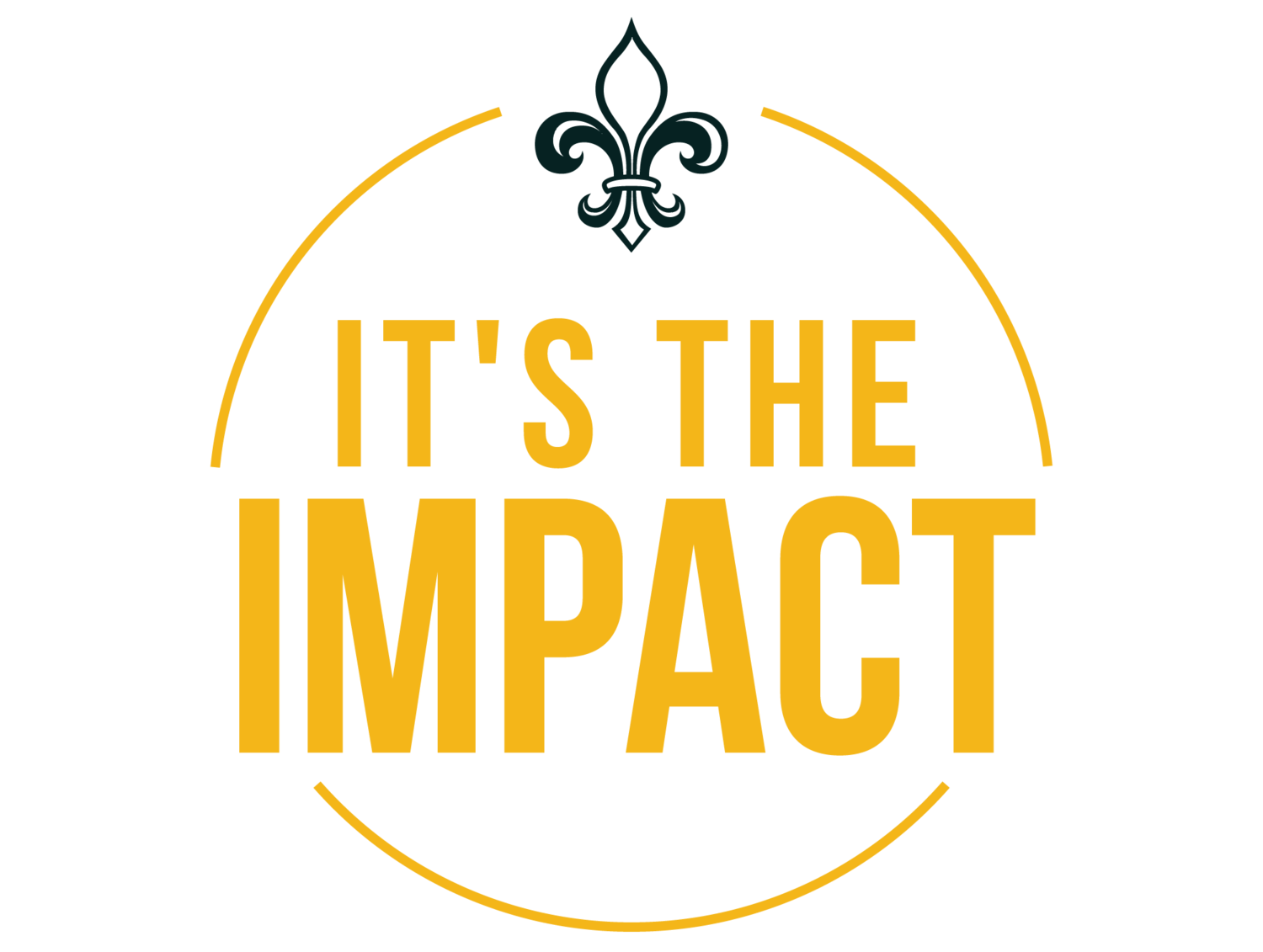Giving Thanks for Diversity: 3 Strategies to Make it Work
Diversity isn’t a burden: Often, we hear about diversity and inclusion in the workplace as priorities that organizations have to adopt. As if leaders can only focus on diversity initiatives begrudgingly.
Leaders who think this way are extremely short-sighted. As a leader, creating a diverse staff should never just be a box to be checked. Leaders should recognize and appreciate having a diverse team for the invaluable asset that it truly is. Simply put: diversity is good for everyone.
Some promising signs: Thankfully, research indicates more and more companies are beginning to understand this. The best leaders grasp that diversity is a strategic advantage — harnessing the power of diverse perspectives, backgrounds, knowledge, and talents fosters a workplace that thrives on innovation and resilience. Here are the three ways I think leaders can embrace diversity for the benefit of their entire organization.
Support All Forms of Diversity
Leaders should grow teams that are diverse in every sense of the word. This includes racial and socioeconomic diversity, as a must, but also age and background diversity as well (I’ve written before about how adept leaders can navigate multi-generational teams effectively). The strongest organizations and businesses embrace difference because it means they have a team that will provide a range of backgrounds, ideas and capabilities. This acceptance encourages your staff to be their most authentic selves at work, which leads to better results. So don’t just look to be diverse in one way — create teams that are diverse in every way possible. This starts by ensuring your candidate pools and interview processes include diverse candidates with varied backgrounds.
Confront Difference Head-On
Now, I would never say all of this is easy. Cultivating a diverse team comes with many challenges, and leaders can’t be afraid to deal with these issues directly. Leaders should assume there will be obstacles and lead by initiating conversations with employees about how to deal with and overcome these potential problems. Remember — you’re the leader. It shouldn’t be your staff members’ responsibility to always raise issues first. Doing so can be intimidating.
Being a great leader means you are astute enough to recognize issues before they have been made explicit. And you can only do this if you’re attentive, have the pulse of your team, and have created an environment in which people can be open and honest without fear of reprisal.
For instance, if you want to be a leader of a diverse staff, you have to take the time to educate yourself about the cultural differences of each person on your team. For instance, if you’re a White leader, that could mean breaking away from the normative White culture that dominates so many industries today understand how unconscious beliefs lead to racially biased hiring and employment practices. Leaders also need to establish a culture in which staff feel comfortable acknowledging and discussing their differences openly, with you, and amongst themselves — including those differences that are often hardest for us all to talk about, such as race. You likely won’t be perfect at this from the start. But the point is to try and to remain committed to continuously improving on this front over time.
Recognize Diverse Strengths Matter
At It’s The Impact, we support leaders to engage in strength-spotting as a way to understand the ways to get the best out of every member of their teams. A central part of this is identifying and celebrating the strengths that each member brings to the team. Having and laudng this array of competencies in your organization is one effective way to build thriving diverse teams.
By embracing diversity in strengths, leaders ensure that each person can do their highest quality work. This provides balance across the organization, as leaders know they have the diversity of skills on staff to achieve their goals.
We always support leaders to start by focusing on themselves and understanding their own strengths using self-assessment tools. They can then build a diverse staff with the skills to offset their differences and enhance their strengths. Knowing and valuing their own strengths also create space for them to truly appreciate the differences that everyone brings to the team. The differences brought by diversity of strengths produce a culture of teamwork in which everyone recognizes that we’re our most powerful when we are using our individual strengths to their fullest.
Successfully supporting diversity in leadership means providing opportunities for mentorship, coaching, and skill development that empower individuals from all backgrounds to reach their full potential. Diversity benefits everyone. And we should all be appreciative of that.
Schedule a FREE Discovery Session today to explore how we can assist you in this journey toward a more diverse and stronger team.

